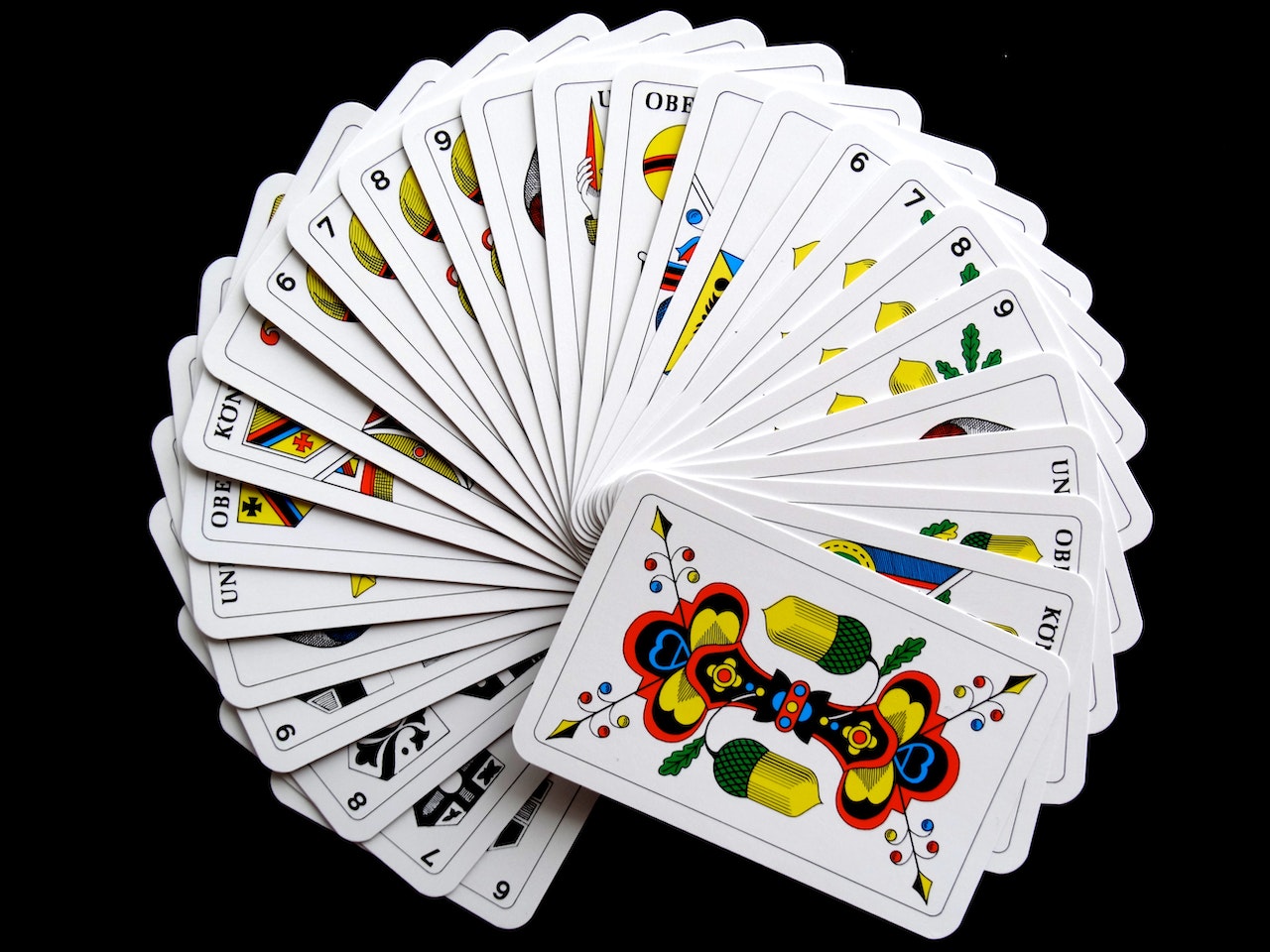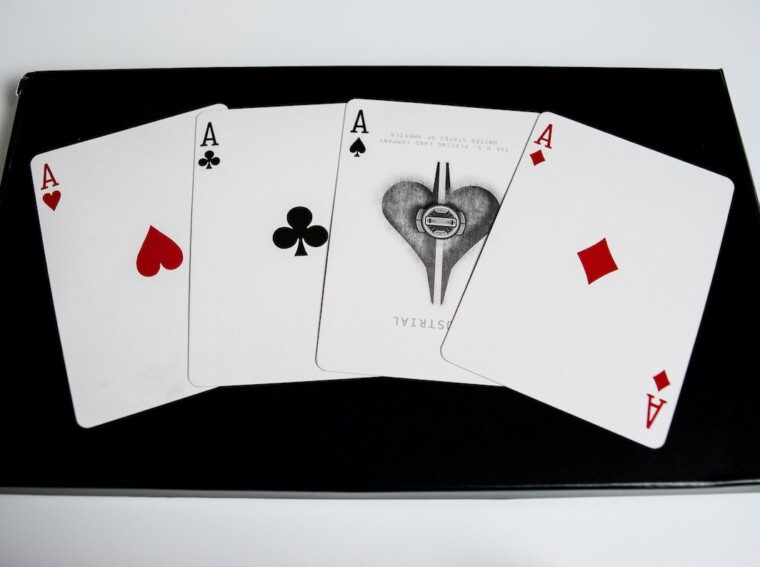How Many Diamond Cards are in a Deck of 52 Cards
When it comes to the probability of playing cards, one question that often arises is how many diamond cards are there in a standard deck of 52 cards? Understanding the composition of a deck can shed light on this. A standard deck consists of four suits: hearts, diamonds, clubs, and spades. Each suit contains 13 cards: Ace through 10, followed by the face cards – Jack, Queen, and King. Therefore, we can deduce that there are also 13 diamond cards in a deck.
Knowing that there are exactly 13 diamond cards in a standard deck allows us to calculate the probability of drawing a diamond card from the deck. With 52 total cards and 13 diamonds to choose from, the chance of selecting a diamond card at random is simply 13 divided by 52 or approximately 25%.
Understanding the Basics of Playing Cards Probability
When it comes to playing cards probability, it’s essential to have a solid grasp of the basics. The probability of drawing a specific card from a deck depends on several factors, including the total number of cards in the deck and the number of cards that meet the desired criteria. In this section, we’ll delve into some key concepts to help you better understand how probabilities work in relation to playing cards.
- Total Number of Cards: A standard deck of 52 playing cards consists of four suits – hearts, diamonds, clubs, and spades. Each suit contains 13 cards – Ace through 10, along with Jack, Queen, and King. So, in total, there are 52 unique cards in a deck.
- Diamond Cards: Now let’s focus specifically on diamond cards. Since each suit has 13 cards, there are also 13 diamond cards in a standard deck.
- Calculating Probability: To calculate the probability of drawing a diamond card from a shuffled deck, we need to consider both the favorable outcomes (diamonds) and the total possible outcomes (all 52 cards). Therefore, the probability can be expressed as:
Probability = Number of Favorable Outcomes / Total Possible Outcomes
In this case: Probability = Number of Diamond Cards / Total Number of Cards = 13 / 52 = 1/4
Thus, there is a one-in-four chance (or 25%) of drawing a diamond card from a well-shuffled deck. - Multiple Draws: If you’re interested in knowing the probability for multiple draws without replacement (i.e., not putting back previously drawn cards), you would adjust your calculations accordingly. For example, if you draw one diamond card and want to know the probability of drawing another one on your second draw:
Probability = Number of Remaining Diamond Cards / Number of Remaining Cards = 12 / 51
Keep in mind that the probability will change after each draw, as the available cards decrease.
Understanding playing cards probability can be a fascinating and useful skill, whether you’re a casual card player or someone who enjoys dabbling in mathematical concepts. By grasping the basics outlined above, you’ll be better equipped to calculate probabilities and make informed decisions during your card games. So next time you reach for a deck of cards, take a moment to appreciate the intriguing world of probabilities that lies within!

The Composition of a Standard Deck of Playing Cards
Let’s delve into the fascinating world of playing cards and explore the composition of a standard deck. A standard deck consists of 52 cards, which are divided into four suits: hearts, diamonds, clubs, and spades. Each suit contains 13 ranks: Ace, 2 through 10, and the face cards – Jack, Queen, and King.
Here’s a breakdown of the composition:
- Hearts: In a standard deck, there are 13 heart cards – Ace through 10, along with the Jack, Queen, and King. These vibrant red cards symbolize love and passion.
- Diamonds: Similar to hearts, there are also 13 diamond cards in a deck – Ace through 10 plus the Jack, Queen, and King. The diamond suit is characterized by its elegant red color and represents wealth and prosperity.
- Clubs: The club suit consists of another set of 13 cards – Ace through 10 with the Jack, Queen, and King. Recognizable by their black color and three-leaf clover shape (also known as trefoil), clubs signify luck and good fortune.
- Spades: Completing the quartet is the spade suit comprising yet another set of 13 cards – Ace through 10 alongside the Jacks (Jacks-of-all-trades), Queens (powerful women), and Kings (mighty rulers). These bold black symbols represent power and authority.
In total:
- There are four suits in a standard deck.
- Each suit has thirteen ranks.
- Therefore,
- There are fifty-two playing cards in total.
- Fourteen cards belong to each suit (Ace through King).
Now that we have examined how a standard deck is composed let’s dive deeper into understanding probabilities within this intriguing realm!


